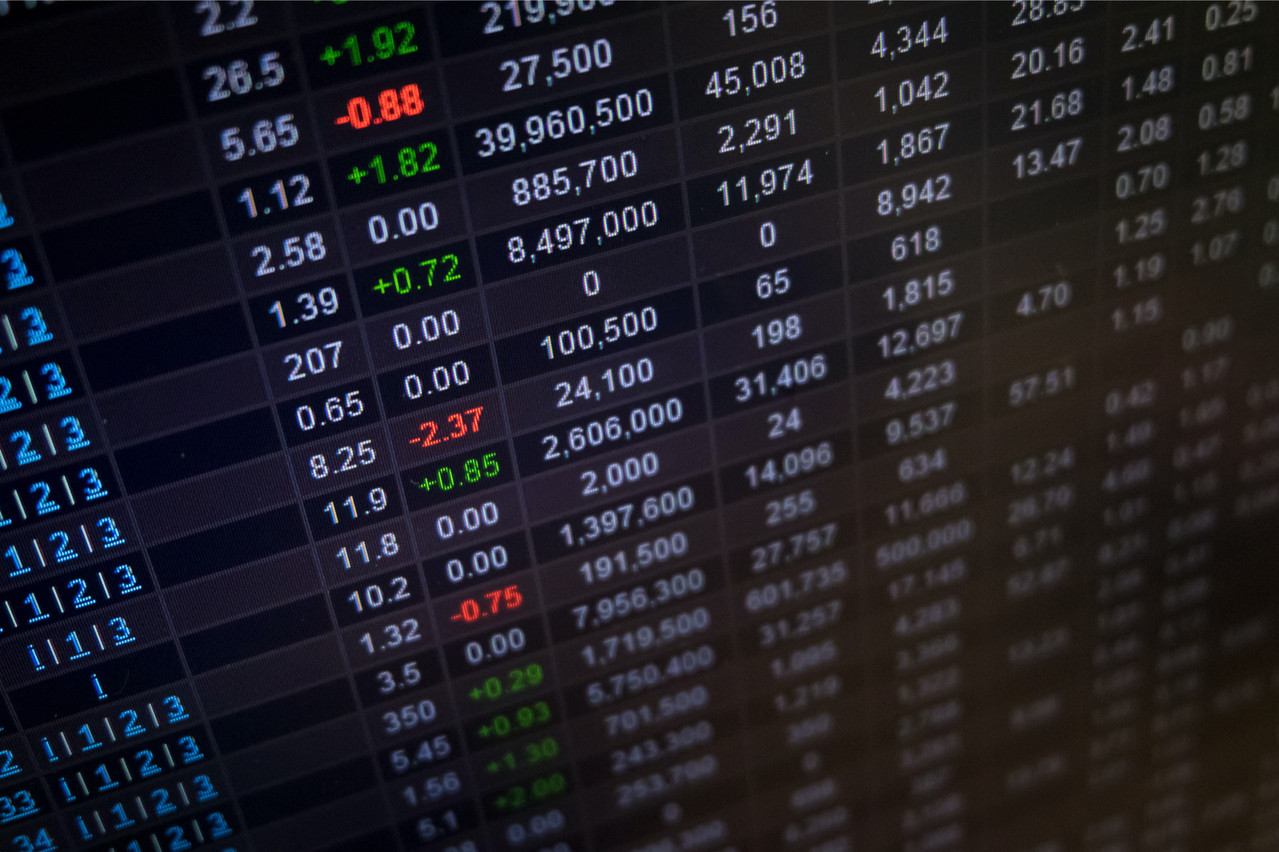Investors, who have mostly been betting on a solid and sustainable recovery in the global economy since the beginning of the year, have lately become more cautious. They are bracing for weaker-than-expected growth and increased volatility due to uncertainty about the progress of the vaccine campaigns, which appear to be stalled, and waiting to see how this fourth wave will be managed by the authorities. All the winning sectors since the beginning of the year, i.e. those linked to the economic recovery, have lost ground. This is the case for shares in the tourism and aeronautics sectors as well as for commodities.
Oil prices fell sharply on Monday. Brent crude oil fell by more than 6.02% to $69.11, dropping below $70 for the first time since the beginning of June, while in New York, WTI for August plunged by 6.62% to $66.82. Such a drop could have been expected following the agreement reached by OPEC on the gradual resumption of production, but it nevertheless surprised observers with its extent and speed. The OPEC agreement is not due to take effect until August.
Logically, investors are returning to safe havens, especially sovereign bonds. Yields, which move in the opposite direction to prices, are trending downwards. This is the case, for example, for the US ten-year rate, which has reached its lowest level since mid-February.
The question is whether we are facing a crisis of pessimism or if these stock market movements have a deeper cause.
Deeper sources of concern
There are other sources of concern besides Covid-19 that are contributing to this downward movement, for example tensions in the Chinese real estate sector surrounding a large Chinese real estate company struggling to repay its debt. Also in China, the authorities, who have been insisting on the need to limit the rise in debt in the country, are now raising the possibility of loosening monetary policy in the second half of the year; the result is confusion among investors who interpret this reversal as a sign of a greater-than-expected slowdown in Chinese growth.
The fall in the US ten-year rate, which is taken as a sign of greater risk aversion, is also largely explained by market concerns about the tougher stance adopted by the federal reserve, which is increasingly moving towards “tapering”, i.e. a slowdown in its asset purchases and a return to a more traditional monetary policy.
Despite these setbacks, equity market levels remain very high and economic fundamentals are strong. The majority of analysts are continuing to revise their forecasts upwards for corporate earnings for 2021 and beyond, thus keeping the scenario of a brutal crash at bay.
This article was originally published on . It has been translated and edited for Delano.
